Protest! Collection
Stonewall Inn, the origin of LGBT Pride.
Stonewall Inn riots, the day everything changed.
At dawn on July 28, 1969 happened one of the facts that, without quite knowing how or why became a landmark and a reference in the History of the Contemporary World and most especially in the history of the fight for civil rights, we talk about the queer riot occurred at the Stonewall Inn, a bar in Greenwich Village New York.
It was not the first revolt among the representatives of an unfair system and a discriminated minority, nor was the first where the minority he was formed by those who because of their sexual orientation were identified as sick or criminals. Ten years before similar incidents had occurred in the coffee-shop Cooper’s Donuts Los Angeles and three years before in San Francisco Compton cafe.
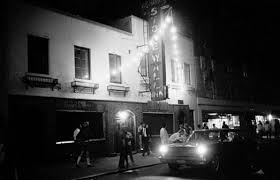
The Stonewall riot not noted for being excessively violent, there were no deaths or serious injuries. Nor was it an act of political protest, organized or led by intellectuals and activists who fought for homosexual rights. But there it remained in everyone’s memory as the time and place in which someone said no. That that was enough, that this time no longer bows the head and would not suffer the humiliation of being treated as perverts or criminals when their only crime was to be themselves and try to enjoy some of the privileges that others understood and lived as normal. Things as simple things as having fun, laugh, dance and love.
Those were turbulent and changing times in which a generation that was born after the Second World War demanded his place. Were the days of the Cold War, anti-communism and the fight for civil rights, of Vietnam and Nixon. It was the summer of love, and with the pace of the Beatles, Elvis, the Rolling Stones, Bob Dylan and Joan Baez, the minority within minorities met in hidden dens and slums, where for three dollars, including drinking, could feel safe as they danced, chatted and drank lowered alcohol that the mafias, controlling these underground world, served them. All this, of course, with the approval of a corrupt police department who collected their share in exchange to turned a blind eye and confined to keep up appearances.

In New York, Greenwich Village, a small oasis of tolerance and diversity, had become a pole of attraction for any homosexual seeking a place to fit. And in the Village, the Stonewall Inn was the trendy dump. There, the best of any house met. Young people who had been banned from their family homes by faggots, hustlers, transvestites and drag queens in their best clothes or dress that had borrowed their mothers. Mad sissies feeling free to be as crazy as they wanted, rude female trackers, tomboys and discrete dykes. Gays of every variety and of all colors, blacks, whites, Asian, Latins, alternating with married men and respectable family parents, that once a month or a week had a break from the routine of lies they called life. They all would gather at this restaurant, converted into a gay bar, that every night opened its doors to offer a bit of fun.
And so it used to be, except some night and in low turnout hours, when suddenly the lights came on and they had to face with a blue uniform reality that arrested, humiliated, threatened, extorted them or just ruining their lives by exposing its hidden secret to the light. Goodbye family, studies, job, career, reputation. All in the name of decency, morality and an of “American way of life” in decline.

And this was precisely what happened on June 29, 1969, but this time past one in the morning with the bar full of people, the light came on and the police entered in the Stonewall. A few pussies ran, the alcohol sold without the license was confiscated, began IDs and the bar started to be evicted.
But, contrary to what had used to be until then, faggots, trannies, dykes and drag queens who packed the bar, rebelled by refusing to collaborate, while those who had been expelled from the bar will not be dispersed quickly as usual, and so soon a small crowd of customers and curious crowded at the enclosure doors.
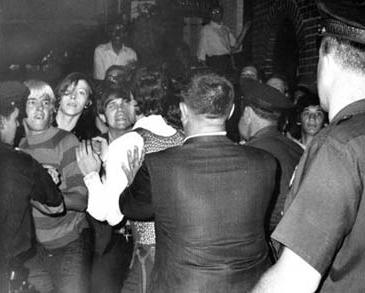
When reinforcement units arrived to take the arrested customers that the police guarded inside the bar, several hundred people were outside waiting. As the police were bringing in detainees to vehicles was straining the atmosphere, some began to sing “We Shall Overcome” by Joan Baez and a few fists raised shouting “Gay Power”, others began to make fun of the police and throwing coins (in reference to payments mafia made to police) and a few bottles to patrol cars. The detainees that were taken to the vehicles, fought, protested and tried to escape the police that began responding with violence, people booed. According to they told, one of those detained, dressed as a woman, encouraged people to do something and was at that moment when the tension exploded and the chaos began.
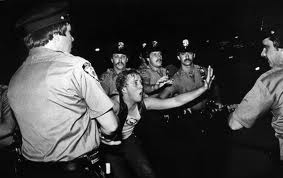
Soon, more than a hundred people were been wrapped in a full-blown brawl, where bottles, coins, and stones flew through the air. Some police fled in his patrol car while the rest are entrenched within the local, closing the door, with several prisoners and a journalist. The agents accustomed to gay docility, perplexed, began to feel afraid. Some drag, angered, pulled out a parking meter and used it as a battering ram to try to break the door down and storm the place. Bottles, trash, stones, bricks, and garbage containers were thrown against the front and the boarded-up windows were broken. After the spark, the fire had lit and not just metaphorically.

After half an hour of harassment, the situation seemed out of control when the enclosure doors opened and a policeman with a gun in hand he threatened to shoot people. Suddenly sirens were heard and the riot police and firefighters arrived. Then the revolt moves to a second phase. Police reinforcements rescued their comrades inside the Stonewall Inn and began to arrest all who could be intending to clear the streets. But the crowd, which continued to increase in number, was not intimidated up for it. In front of the riot police, a row of transvestites and gays was placed in choir singing and dancing lifting legs, mocking not accustomed agents to the challenge of those sick and perverted people. For the next hour and a half the persecution followed, the cars overturned, police chasing protesters and protesters chasing the police shouting “catch them!” until, around 4 in the morning, all was clear and silent. The balance of that historic night was 13 detained, 4 police injured and several demonstrators hospitalized.

The next day, pamphlets, news, rumors, claims and complaints about the situation that faced by the gay community filled the streets of the Village and during subsequent nights some altercations, to which more and more people were adding, happened again. And now they were not only Drag Queens, hustlers or Stonewall customers, but gay men and women and heterosexuals who came together to protest and raise their voices shouting “Gay Power”. People who had lost their fear and claiming their space. And when at last, after almost a week of clashes and protests, everything was over and calm returned to the Village, something had changed forever.

Homophile movement and fight for the rights of LGBTI people not born in Stonewall, but Stonewall marked a turning point. Suddenly things went from claiming a small space in society where we could live without making much noise and without disturbing anyone, to claim that we were there and we like us as we are, to say we would not going to go anywhere and we would not going to change, hide or dissimulate. We would not ask forgiveness for being as we are, and we would not ashamed, and no longer implore charity from anyone. It was time to demand.
Response to this change in strategy was immediate. Finally, gay, lesbian, bisexual, and transgender people could identify themselves with a fight that had hitherto been limited to heteronormative pickets of Mattachine Society, whose members were circling with banners calling rights and auto repressing any sign of difference. Stonewall was an inspiration first for the American LGBTI community and after for the entire world.
After the riots lit a wick in the U.S. and LGBTI associations multiplied throughout the country. Gay press appeared and that same year was created the Gay Liberation Front and Gay Activists Alliance, groups who were no longer hiding behind ambiguous names like the Mattachine Society and the Daughters of Bilitis. Visibility, the coming out, the pride in who you are was born. And on June 28, 1970, on the first anniversary of the riot, the Christopher Street Liberation Day, a demonstration to central park was convened.

If the previous year’s annual picket Mattachine Society held a week after the riot, had gathered little more than 50 people dressed with their suits, ties and skirts, going around in circles while holding banners protesting the treatment they received of federal laws or simply claiming that homosexuals were people, a year later, 10,000 people marched down Fifth Avenue holding signs that read “I’m a lesbian”, “Gay Power” and “Freedom.”
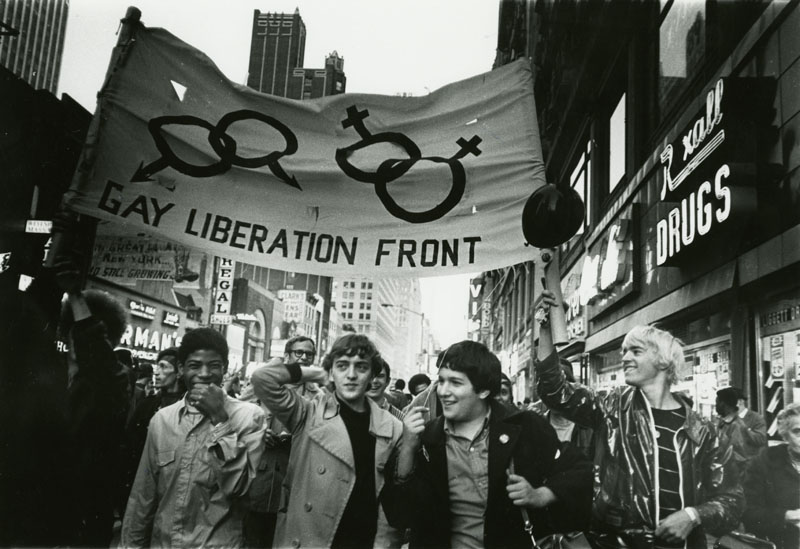
And this was not limited to New York. The first year simultaneous marches held in LA and Chicago. The following year the pride had already crossed the pond with demonstrations in Paris, Berlin, and Stockholm, while in the United States other cities like Boston, Dallas, Atlanta, Detroit, Washington, Miami, and Philadelphia joined the marches. And every year more and more cities around the world were joining, until today, 44 years later, in countless cities and towns, hundreds, thousands and even millions of people gather and march once year to tell the world that we are here with pride and we no longer hide, to show those who are still suffering repression, violence, injustice of laws, governments and intolerant societies, that they are not alone and that there is hope. And so the fight continues and will continue, and despite the prohibitions, each year a new city or a new country joins the long list of those who celebrate LGBTI pride day.
Today in almost 90 countries homosexuality is illegal, in 7 of them, gays and lesbians are sentenced to death, and in much of the world still exists discrimination and laws that limit freedom of LGBTI people. Intolerance, insults, violence, shame, and fear have formed, or remain part of the lives of gay, lesbian, bisexual, transgender and intersex people around the globe, however that struggle which began June 28, 1969, in the Greenwich Village of New York, at the gates of a seedy gay bar is alive, and we are winning.
Documentary “Stonewall Uprising”
Check out the whole Protest! Collection
When you purchase a Moscas de Colores design you not only help us to support this website and this project, but you also become part of the group of people that spread the words, their history and the reality that has gone with us and that still goes with us, because each of our designs is a story that you will tell and explain, an opportunity to help things get better by normalizing, visibilizing and, why not, reappropriating.

Stonewall Inn, the origin of LGBT Pride.
Every year, with the celebration of LGBT pride, voices rise up against an event that is considered unnecessary and frivolous. With this pride clothing, focused on the lighted sign of that pub, we want to talk about that origin of the past, that continues today being the beginning in many countries of the world.
Other Drawings & Stories of this collection:



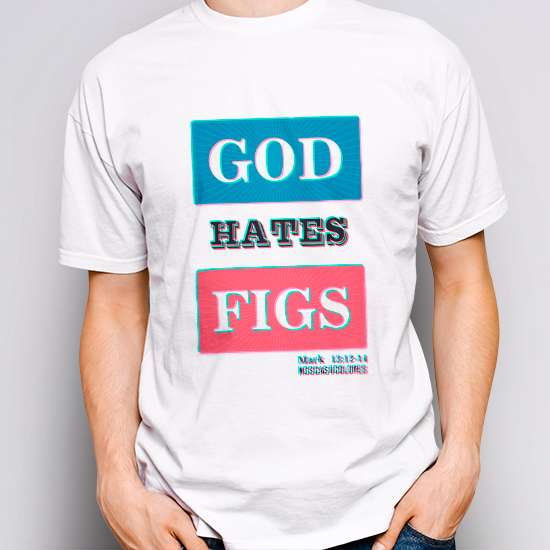
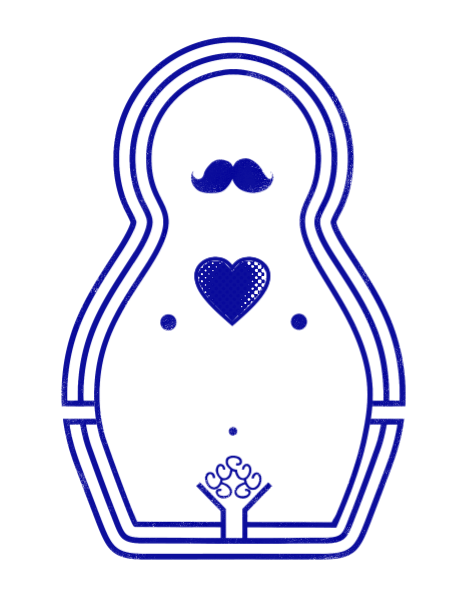

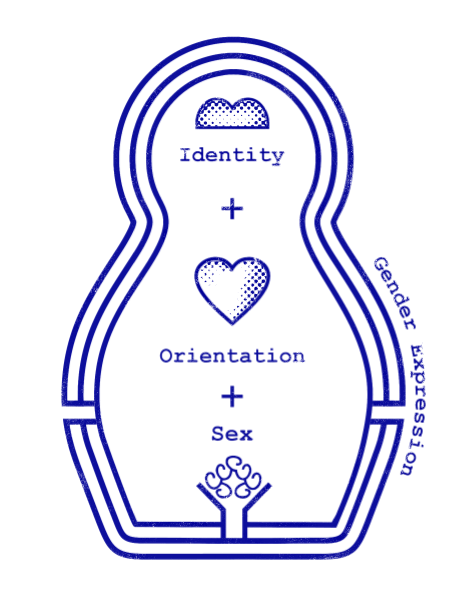
Do you like this Drawing & Story?
Tell us what you think about the illustration and what we tell on it. If you like it, you can purchase it printed on t-shirts and different products, to wear them with pride every day or to give to someone special for you.
Share it in your networks!